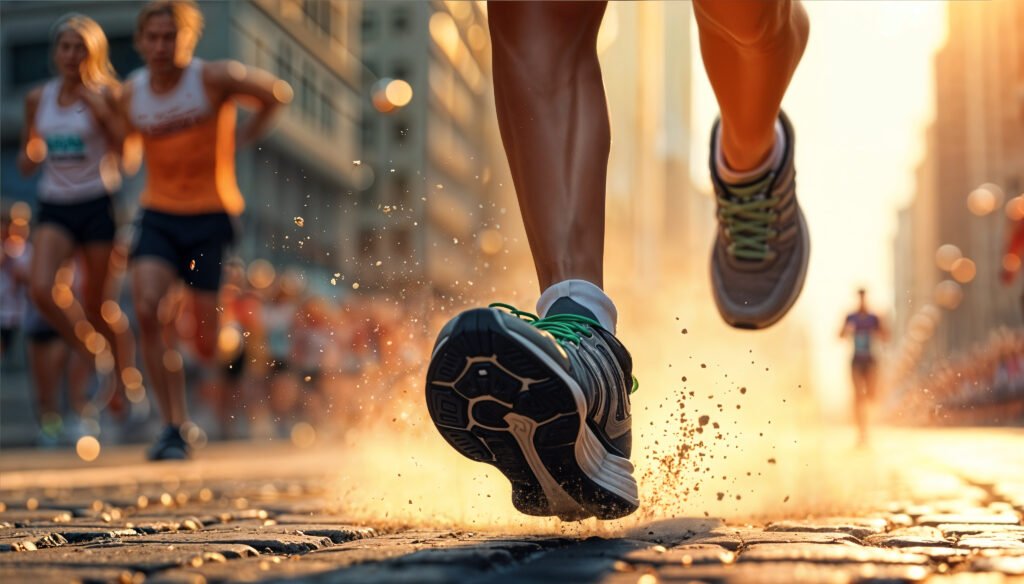Complete Your First 10K: A Beginner’s Guide to Success 🏅

While 10 kilometers might seem like a lot, it’s actually doable for most people without any prior training!
Is it hard? Definitely.
But with this guide, you’ll tactfully complete your first 10k and proudly earn your first medal!
Bib Adjustment
If you live in a hot country, place your bib below your navel instead of above it.
This reduces heat generation in your stomach area.
It prevents the bib from rubbing against your abdominals.
Positioned over your pants, it avoids skin friction and discomfort.
Warm-Up Is Non-Negotiable
Running on cold muscles lead to cramps and joint injuries, especially for beginners. Here’s what to do:
Static Stretches for about 5 minutes. (Do not overdo them since we want to warm them up, not relax them). Some examples are given below:
Standing Forward Bend
Standing Quad Stretch
Calf Stretch Against Wall
Dynamic Stretches (Essential):
Hamstring Scoops
Leg Swings
Calf Raises
These activate the muscles and mimic the movement of running.
Start Slow, Finish Strong
You will most likely be excited and energetic at the beginning of the run, and begin at a sprint pace, which can make you regret very soon.
It’s extremely important to begin at a very slow pace, and gradually increase the pace, as your muscles and joints get warmer and used to the movement.
If you begin at a very high pace, within 5-7 minutes, you will be out of breath.
Your peers whom you overtook a while ago, will pass you by in no time! The vice versa is true, If you begin slowly, you will be able to slowly pace yourself, and overtake the ones who made the mistake of sprinting at the beginning!
- This should be your route:
Start slow → build rhythm → overtake later → finish strong. ✅
Hydration Strategy 💧
Hydrate during the run—but be smart about it.
It’s important to hydrate yourself during the entire run, not with only water but electrolytes as well. Most events provide some sort of electrolyte drink and energy bars during the run.
Don’t overdrink out of thirst; it will lead to stomach discomfort.
Pro tip: Sip slowly instead of gulping.
What To Do When You Cramp
Cramps are common. Don’t panic.
Slow down.
Breathe deeply – Inhale until your lungs are full, exhale completely.
Massage the cramped area – whether it’s your abs or calves (These 2 muscles commonly cramp)
When you resume, breathe rhythmically. Prioritize deep inhalation as your body struggles for oxygen.
Power Through Mentally
Lastly, you need to have the mental resilience to live through the pain. Break free of the mental barrier and stop only once you reach the finish line!
Best of luck on your first 10K ! 🏁
